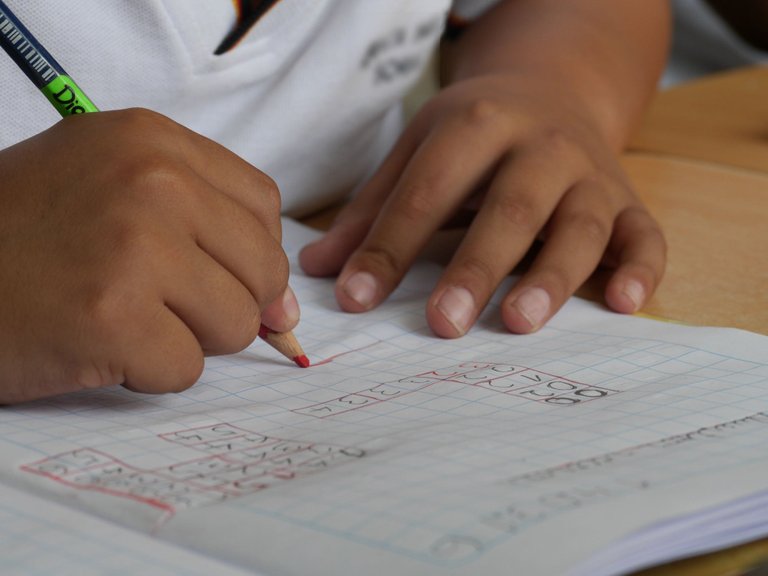
Standardized testing is a contentious issue in education, with both positive and negative effects. While standardized tests offer numerous benefits, such as providing a way to measure academic performance, they also have several drawbacks that can impact students, teachers, and the education system as a whole.
Positive Effects: One of the most significant positive effects of standardized testing is that it provides a way to measure students' academic performance. Standardized tests provide a standardized way of assessing students' understanding and knowledge, ensuring that everyone is evaluated in the same way.
Standardized testing can also help identify areas of strength and weakness in the education system. These assessments help school administrators and policymakers determine where resources are needed and where changes in teaching methods or curriculum may be necessary.
Standardized testing can also help promote accountability and transparency in education. Schools and teachers can be held accountable for their students' performance, which can help identify areas of improvement and incentivize educators to improve their teaching methods.
Negative Effects: One of the most significant negative effects of standardized testing is that it can create stress and anxiety for students. High-stakes testing can put immense pressure on students to perform, leading to stress and anxiety that can negatively impact their mental health and overall academic performance.
Standardized testing can also lead to a narrow focus on test preparation, detracting from the broader educational goals of learning and critical thinking. Teachers may feel pressured to "teach to the test," focusing on memorization and test-taking strategies instead of cultivating creativity, problem-solving skills, and critical thinking abilities.
Moreover, standardized testing can also exacerbate existing inequities in the education system. Students from low-income families or those with limited English proficiency may not have access to the same educational resources and support, which can negatively impact their performance on standardized tests.
In conclusion, standardized testing has both positive and negative effects. While these tests provide a standardized way of assessing students' academic performance and identifying areas of improvement in the education system, they can also create stress and anxiety for students and narrow the focus on test preparation. It is essential to find a balance between standardized testing and broader educational goals to ensure that students receive a well-rounded education that prepares them for success in school and beyond.
Congratulations @educationhive! You have completed the following achievement on the Hive blockchain And have been rewarded with New badge(s)
Your next target is to reach 50 posts.
You can view your badges on your board and compare yourself to others in the Ranking
If you no longer want to receive notifications, reply to this comment with the word
STOPTo support your work, I also upvoted your post!
Check out our last posts:
Support the HiveBuzz project. Vote for our proposal!
@tipu curate
I believe that standardized tests should be adjusted to reality, that is, education has already changed paradigm from behavioral to constructivist, the same should happen with the tests should make a necessary change to allow the student to respond showing all their capabilities and not with the straitjacket that is currently this type of testing.greetings @educationhive